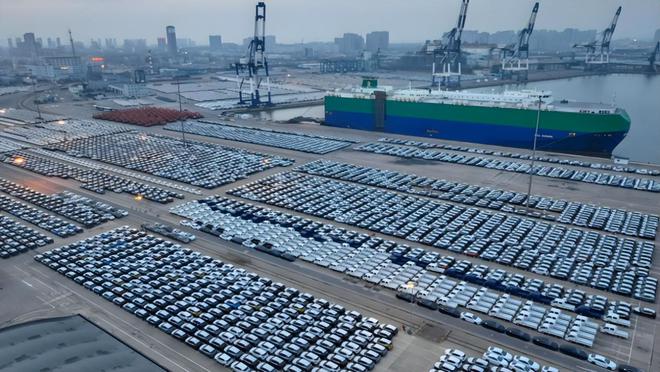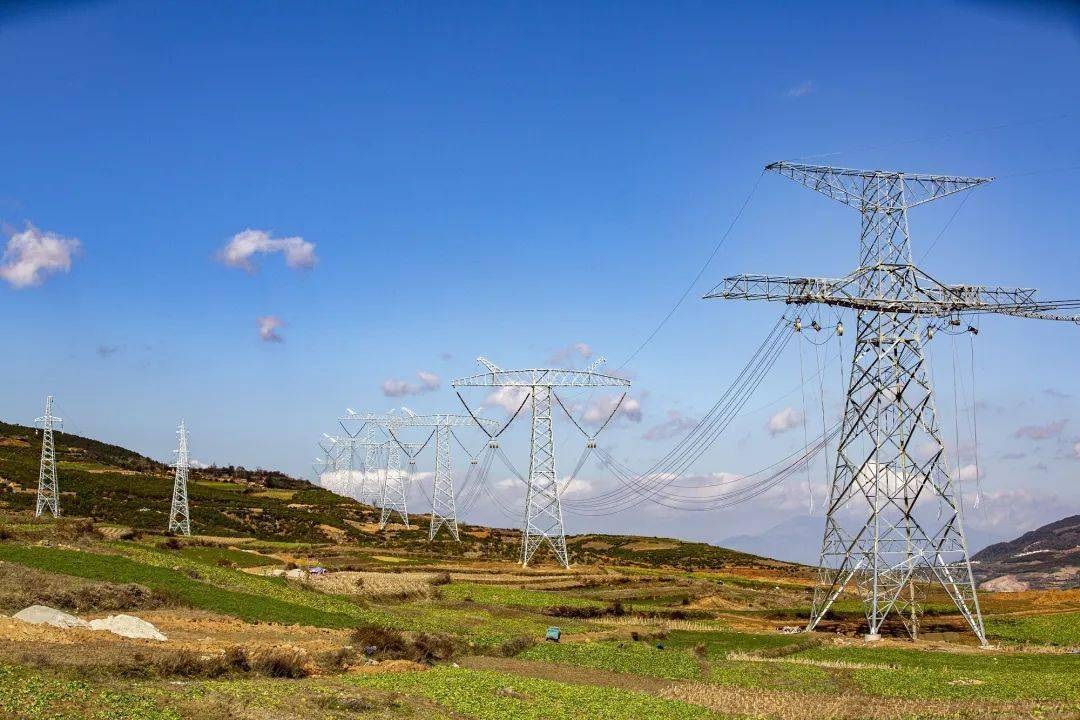
Recently, US President Trump announced the imposition of a 30% -35% tariff on Japanese imports, which far exceeds the 24% "equivalent tariff" he announced in April. Only 24 hours later, Japanese Prime Minister Shigeru Ishiba forcefully responded during the Senate election debate: "Instead of imposing tariffs, it is better to safeguard national interests through trade," and emphasized Japan's position as the largest overseas investor of the United States. This sudden tariff game not only exposed the economic cracks in the US Japan alliance, but also reflected the deep contradictions between trade protectionism and industrial chain reconstruction in the era of globalization.
Trump's tariff threat is not a temporary idea. Since the signing of the Memorandum of Mutual Trade and Tariffs in February 2025, the United States has imposed a 25% tariff on Japanese automobiles and a 50% tariff on steel and aluminum products. The threat of this upgrade directly targets Japan's two major powerhouses: the automotive industry and agriculture. Data shows that Japan's car exports to the United States account for 34% of its total exports, with 1.37 million cars exported to the United States in 2024. If the 35% tariff is implemented, car companies such as Toyota and Honda will face an additional $21 billion tax burden, and their operating profits may plummet by 44%.
More interestingly, Trump used the rice trade as a pressure chip. Although Japan imported 10600 tons of American rice in May (accounting for 75% of the month's imports), the United States still accuses Japan of "not buying American rice despite the rice shortage". This seemingly absurd accusation is actually a precise blow to Japan's political weakness - agriculture is the core voting base of the Liberal Democratic Party, and with the upcoming Senate elections on July 20th, the Shigeru Ishiba government will never dare to compromise on agricultural issues.
Faced with extreme pressure from the United States, Japan has demonstrated rare strategic determination. Shigeru Ishiba's response contains three layers of economic logic: emphasizing that Japan's direct investment in the United States reached $743 billion, creating 860000 jobs, far exceeding the economic contribution of the trade surplus. This "capital for market" strategy attempts to reconstruct the evaluation criteria for the US Japan economic relationship. Japanese companies have launched a "de beautification" production layout. Toyota plans to increase production capacity at its Mexico factory by 30%, while Nissan plans to build a new parts base in India. According to data from the Ministry of Economy, Trade and Industry, the production of motor vehicles increased by 2.5% month on month in May, indicating the initial effectiveness of industrial transfer. Japan proposes to use semiconductor and rare earth technology cooperation in exchange for reducing automobile tariffs to below 10%. This' attack as defense 'strategy not only avoids agricultural concessions, but also strives for space for industrial upgrading.
But Japan's resistance faces severe practical constraints. According to calculations by Daiwa Research Institute, if the 35% tariff continues, Japan's GDP may shrink by 1.8% and the price index may decrease by 1.7%, forming a vicious cycle of "low growth low inflation". Even more tricky is that the United States holds the "chip lifeline" of Japan's industrial chain - Japanese semiconductor materials account for 60% of the global market share, but advanced process equipment relies on American technology.
This tariff game is triggering a triple chain reaction: Japan is joining forces with the European Union and ASEAN to build a "de dollarized" supply chain. In June, Japan signed a rare earth development agreement with Vietnam and initiated the WTO dispute settlement process with the European Union, attempting to break the United States' control over key resources. Japan plans to invest 2 trillion yen in the development of AI chips by 2026 to reduce its dependence on Nvidia. This trend towards technological autonomy directly opposes the US Chip Act. The Bank of Japan has formulated a plan to sell 30 billion US dollars worth of bonds per month and accelerate the development of digital yen. These measures aim to reduce dependence on the US dollar system, but may trigger global financial market volatility.
The current negotiations are stuck in a 'deadlock': the United States insists that car tariffs cannot be negotiated, and Japan refuses agricultural concessions. But there is still room for compromise between the two sides: reducing car tariffs from 25% to 15% in exchange for Japan expanding its imports of LNG from the United States. Limited open rice import quotas (such as increasing from 770000 tons to 1 million tons), while requiring the United States to relax export controls on autonomous driving technology.
The deeper contradiction lies in the fact that the United States is attempting to restructure the "America First" industrial chain through tariffs, while Japan is pursuing "security driven" industrial chain autonomy. This structural conflict makes it difficult for short-term compromises to change the long-term game situation. As Professor Sun Zhe of Tsinghua University pointed out, "The essence of the US Japan trade war is the collision of unipolar hegemony and multipolar trends
When Trump's tariff stick encountered Japan's "Great Agricultural Wall", this game has surpassed the bilateral scope and become a microcosm of the reconstruction of national interests in the era of globalization. Regardless of the outcome of the July 9th negotiation deadline, a more fragmented and conglomerate world economic landscape is emerging. For enterprises, this may mean the true arrival of the era of supply chain diversification; For a country, it tests the wisdom of balancing openness and autonomy.

報告顯示,中國電力投資加速增長,預計2024年電網基建投資將超過5300億元。
近日,市場迎來了一則引人注目的消息:工業巨頭3M公司(MMM.N)在本周五公布了其季度業績報告,隨後股價飆升至近兩年來的
最近,外媒給OpenAI算了筆賬,今年可能要血虧50億美元。
近日,巴黎奧運會和世界鐵人三項協會聯合發布了一項重大決定,宣布因塞納河水質污染問題,原定於近期進行的奧運會鐵人三項首次下
當地時間7月18日,法國巴黎發生了一起令人震驚的持刀襲警事件。
近期,一則重大消息在國際舞臺上引起軒然大波,馬來西亞宣布加入金磚國家。
調查發現,互聯網和智能手機的使用幹擾了韓國近五分之一學生的生活。